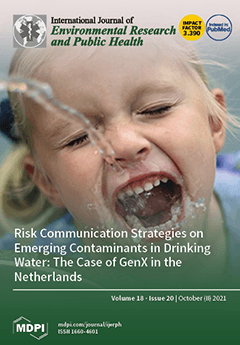As one of the nitrogen (N) limitation ecosystems, alpine meadows have significant effects on their structure and function. However, research on the response and linkage of vegetation-soil to short-term low-level N deposition with rhizosphere processes is scant. We conducted a four level N
[...] Read more.
As one of the nitrogen (N) limitation ecosystems, alpine meadows have significant effects on their structure and function. However, research on the response and linkage of vegetation-soil to short-term low-level N deposition with rhizosphere processes is scant. We conducted a four level N addition (0, 20, 40, and 80 kg N ha
−1 y
−1) field experiment in an alpine meadow on the Qinghai-Tibetan Plateau (QTP) from July 2014 to August 2016. We analyzed the community characteristics, vegetation (shoots and roots), total carbon (TC), nutrients, soil (rhizosphere and bulk) properties, and the linkage between vegetation and soil under different N addition rates. Our results showed that (i) N addition significantly increased and decreased the concentration of soil nitrate nitrogen (NO
3−-N) and ammonium nitrogen, and the soil pH, respectively; (ii) there were significant correlations between soil (rhizosphere and bulk) NO
3−-N and total nitrogen (TN), and root TN, and there was no strong correlation between plant and soil TC, TN and total phosphorus, and their stoichiometry under different N addition rates. The results suggest that short-term low-N addition affected the plant community, vegetation, and soil TC, TN, TP, and their stoichiometry insignificantly, and that the correlation between plant and soil TC, TN, and TP, and their stoichiometry were insignificant.
Full article





